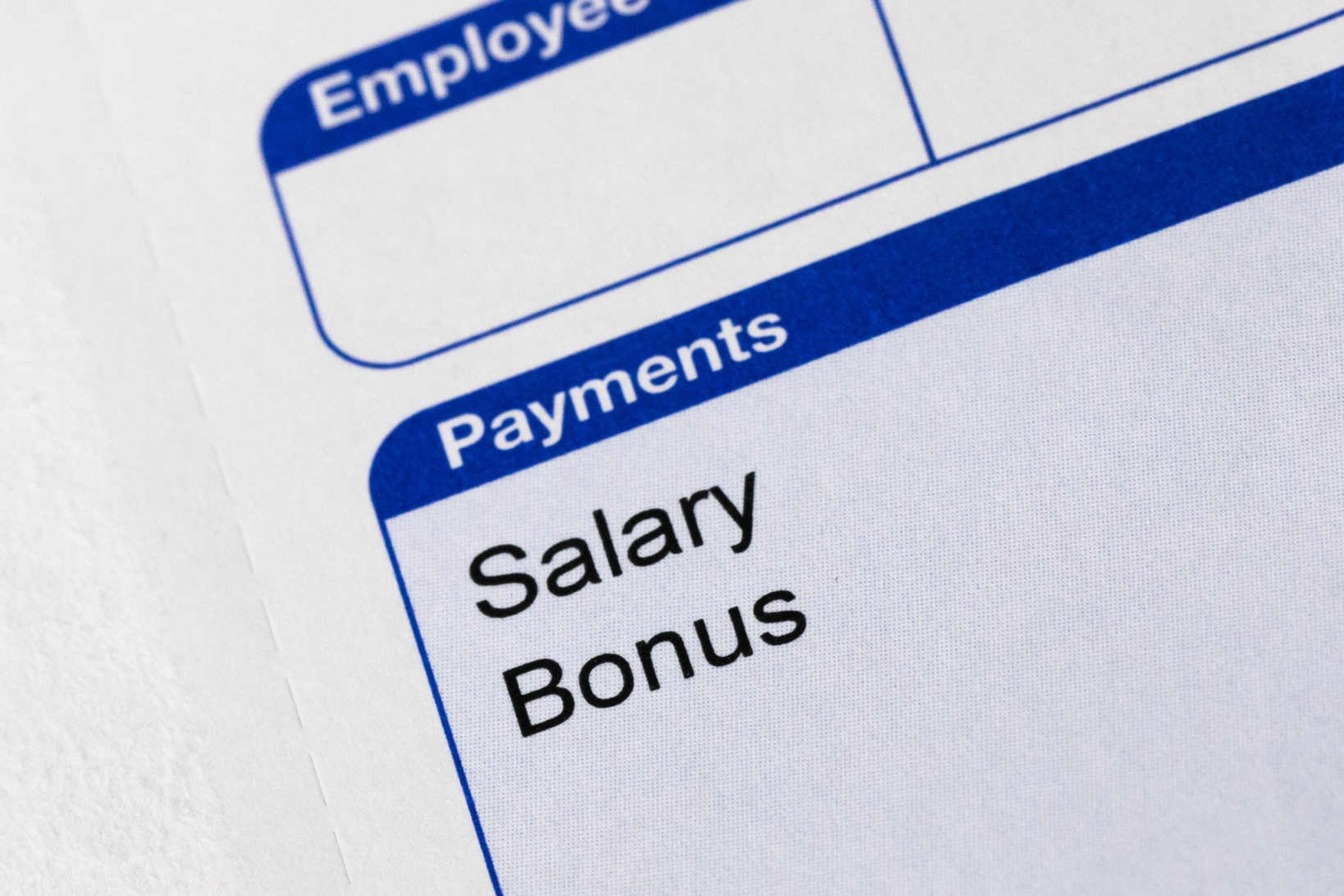7 Best Exchange-Traded Funds for Dividends
On the surface, finding a great dividend-stock fund should be a snap.
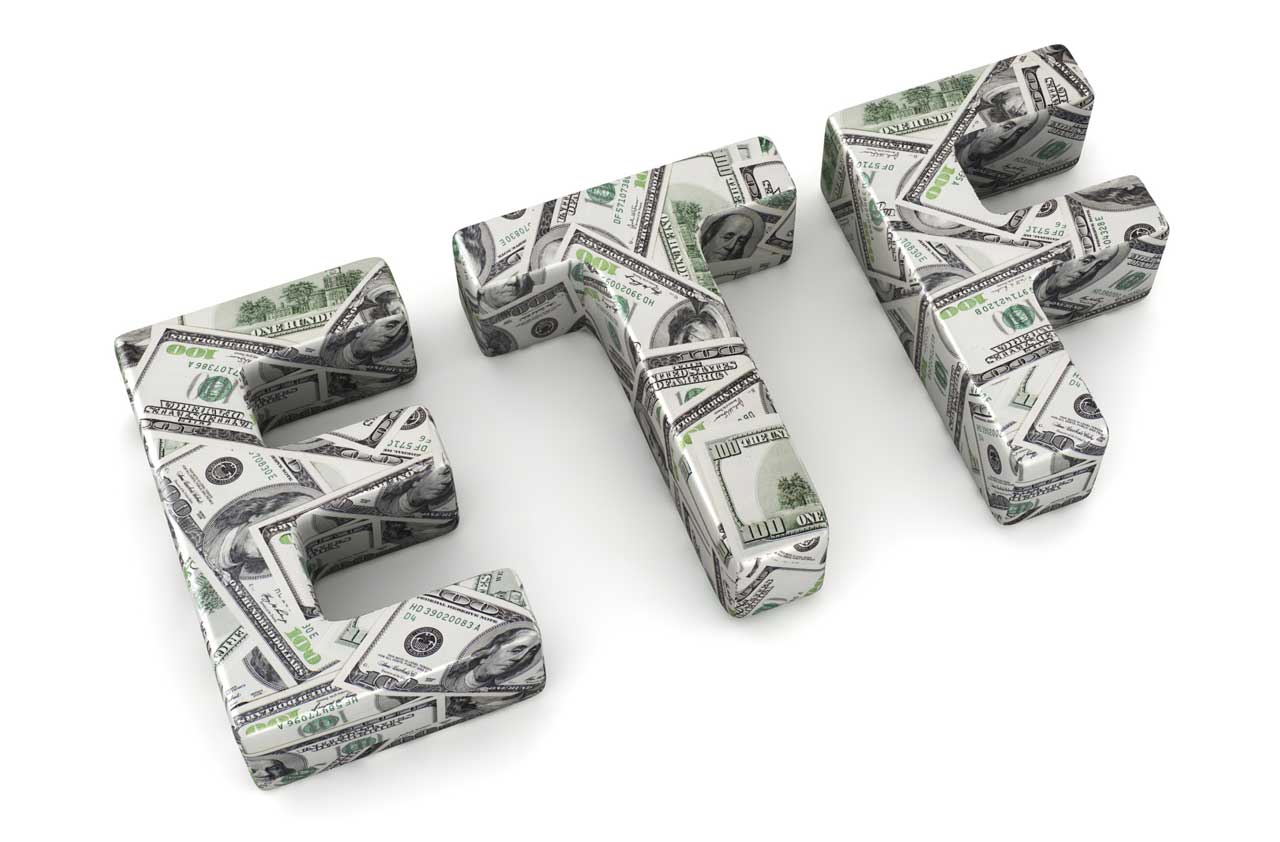

On the surface, finding a great dividend-stock fund should be a snap. The problem, though, is that, like snowflakes, no two dividend-stock funds are the same. But that didn’t deter us from our quest, and in the end we found seven superb dividend-oriented exchange-traded funds.
Each has its own approach to finding the right stocks. Some home in on dividend growers—firms that consistently raise their payouts. Others focus on certain quality measures, such as companies with strong balance sheets. Still others favor firms with a lengthy history of consistently paying dividends. And then there are a few that employ a mix of factors.
Keep in mind that a dividend strategy won’t always beat the stock market. In fact, thanks to the lackluster performance of dividend stocks since last fall, none of our ETF picks topped the 26.0% one-year return of Standard & Poor’s 500-stock index. But if you’re looking for income and the additional stability that dividend-paying stocks can provide, you’ll appreciate these ETFs.
Returns are through February 21. Click on symbol links in each slide for current share prices and more.
Over the past three, five and 10 years, the S&P 500 delivered annualized returns of 11.1%, 14.1% and 7.3%, respectively.

iShares Core Dividend Growth ETF
- Symbol: DGRO
- Expense ratio: 0.08%
- Total assets: $1.2 billion
- 1-year return: 25.5%
- 3-year return: --
- 5-year return: --
- 10-year return: --
- Yield: 2.4%
In building its portfolio, this ETF takes into consideration both the past and the future. The fund tracks the Morningstar US Dividend Growth index, which targets firms that have raised dividends in each of the past five years.
Analysts, on average, must also expect a company to be in the black over the next 12 months. Moreover, the company’s expected dividend payments over the next year must be less than 75% of estimated profits.
The result is a 439-stock portfolio of mostly large, growing companies with a history of steadily rising dividends and the apparent ability to raise them in the future. Midsize companies make up 13% of the portfolio. Firms are weighted in the fund by the amount of money paid out. At last word, the fund’s biggest holdings were Apple (AAPL), Pfizer (PFE) and Johnson & Johnson (JNJ).
The fund doesn’t have a long record. But since its launch in June 2014, it returned 10.6%, beating the 9.7% annualized gain of the S&P 500. Relatively few actively managed mutual funds have been able to make that claim.

iShares Core High Dividend ETF
- Symbol: HDV
- Expense ratio: 0.08%
- Total assets: $6.7 billion
- 1-year return: 16.6%
- 3-year return: 10.6%
- 5-year return: 12.4%
- 10-year return: --
- Yield: 3.4%
Here’s the recipe for the index this ETF follows: Start with all of the dividend-paying stocks in the U.S., then, using proprietary measures from Morningstar, sift for companies with strong competitive positions in their industries and finances that are sturdy enough to make it likely that a firm can repay its debts. The index then ranks all qualifying firms by dividend yield and includes the top 75.
The portfolio consists mostly of gigantic firms. Stocks in Core High Dividend have an average market value of $131 billion—far bigger than the average $84 billion firm in typical large-company mutual funds and ETFs that invest in value-priced stocks. Core High Dividend is one of only two ETFs on our list that are allowed to own real estate investment trusts, companies that own and operate real estate properties and that are required to distribute at last 90% of their taxable income as dividends to shareholders.
At the top of the portfolio are hulking companies with above-average yields, including AT&T (T), yielding 4.7%, ExxonMobil (XOM), yielding 3.7%, and Johnson & Johnson, offering 2.7%. So it’s no wonder that Core High Dividend sports the highest yield of the ETFs on our list. By contrast, the S&P 500 yields 2.0%. Over the past three years, the fund outpaced 89% of its peers (ETFs that invest in undervalued large-company stocks).

Schwab U.S. Dividend Equity ETF
- Symbol: SCHD
- Expense ratio: 0.07%
- Total assets: $5.2 billion
- 1-year return: 21.9%
- 3-year return: 10.9%
- 5-year return: 13.6%
- 10-year return: --
- Yield: 3.1%
This fund wins high marks for its ultralow fees. But that’s not the only thing we like about the Schwab ETF, which is a member of the Kiplinger ETF 20, the list of our favorite exchange-traded funds. Its solid performance is another: Its five-year return beat 83% of its rivals (funds that invest in bargain-priced large-company stocks).
The fund holds 100 stocks, nearly all of them household names. Among the top holdings are Chevron (CVX), International Business Machines (IBM), Johnson & Johnson, Intel (INTC), Pfizer and Verizon Communications (VZ). The index that the ETF tracks starts by requiring at least 10 consecutive years of dividend payments. From that initial screen, only firms that score highly on four fundamental measures—the ratio of cash flow to debt, return on equity (a measure of profitability), dividend yield and dividend growth—make the grade. The result, says Ben Johnson, director of ETF research at Morningstar, is the highest-quality portfolio in the dividend-oriented ETF universe.

SPDR S&P Dividend ETF
- Symbol: SDY
- Expense ratio: 0.35%
- Total assets: $15.5 billion
- 1-year return: 24.1%
- 3-year return: 12.5%
- 5-year return: 14.5%
- 10-year return: 7.7%
- Yield: 2.2%
This is the oldest dividend ETF in the country and arguably the most stringent in selecting stocks for inclusion. The fund’s underlying benchmark, the S&P High Yield Dividend Aristocrats index, requires a company to have hiked its dividend for at least the past 20 years, among other factors.
You’d think such a tough requirement would turn up a short list of blue-chip firms. In truth, the 100-odd stock portfolio includes more than a few of those kinds of companies, including AT&T and IBM. But the fund’s top 10 holdings contain a few names you may not know so well: Old Republic International (ORI), an insurance firm; and two real estate investment trusts, Realty Income (O) and National Retail Properties (NNN). SPDR S&P Dividend and iShares Core Dividend Growth are the only two ETFs on our list that may own REITs.
The stock picking starts with the all-encompassing S&P 1500 index, which includes large, midsize and small companies. Eligible companies are weighted by dividend yield. Midsize- and small-company stocks make up more than half of the portfolio. That is another way this fund is different from the other ETFs in our story; the others have between 5% and 20% of their assets in smaller firms.
We’re not crazy about the fund’s fees. At 0.35%, its annual expense ratio is the highest of the ETFs on our list. And over the past five years, S&P Dividend has been the most volatile ETF from among those we highlight. But so far, S&P Dividend has rewarded its investors for the risk. The fund boasts the best three- and five-year returns of the ETFs highlighted in this story, and it beat the S&P 500 over those stretches, too.

Vanguard Dividend Appreciation ETF
- Symbol: VIG
- Expense ratio: 0.09%
- Total assets: $28.0 billion
- 1-year return: 21.0%
- 3-year return: 9.4%
- 5-year return: 11.9%
- 10-year return: 7.3%
- Yield: 2.1%
We really dig this fund’s focus on firms that regularly boost their dividends. Dividend Appreciation tracks the Nasdaq US Dividend Achievers index, but eligible stocks include any security listed on the Nasdaq or the New York Stock exchanges.
The main qualification is that a company must have increased payouts for at least 10 consecutive years. Limited partnerships, REITs and financially troubled firms are excluded. Additional proprietary screens help to narrow the list, and at last report, 186 stocks made the cut. The bigger a company’s market capitalization (share price multiplied by shares outstanding), the bigger its position in the fund. The ETF is recalibrated once a year in keeping with changes in the index. Top three holdings: Microsoft (MSFT), Johnson & Johnson and PepsiCo (PEP).

Vanguard High Dividend Yield ETF
- Symbol: VYM
- Expense ratio: 0.09%
- Total assets: $23.9 billion
- 1-year return: 23.9%
- 3-year return: 11.8%
- 5-year return: 14.0%
- 10-year return: 7.3%
- Yield: 3.1%
As its name implies, this ETF focuses on stocks with the juiciest yields. Its underlying index starts with a broad database of U.S. stocks (excluding REITs) that pay dividends. The remaining stocks are ranked by dividend yield and added to the underlying index until the cumulative market value of all stocks reaches 50% of the total market cap of the entire U.S. stock market.
All told, the fund owns shares of more than 400 companies, most of them large. Holdings in the fund have an average market value of $82 billion. The three biggest holdings are Microsoft, ExxonMobil and Johnson & Johnson.
Over the long haul, the fund has delivered more return relative to its volatility than its typical peer (mutual funds and ETFs that invest in large companies with a blend of growth and value characteristics). Its 10-year annualized return outpaces 91% of its peers.

WisdomTree U.S. Quality Dividend Growth ETF
- Symbol: DGRW
- Expense ratio: 0.28%
- Total assets: $1.2 billion
- 1-year return: 24.1%
- 3-year return: 11.2%
- 5-year return: --
- 10-year return: --
- Yield: 2.0%
Warren Buffett should love this ETF. That’s because its process relies on what WisdomTree calls the “Buffett factor”: consistent profitability. In particular, the ETF favors dividend payers that have posted a high return on assets (an indication of how efficiently executives use company assets to generate profits), have produced a superior return on equity over the past three years, and are expected to deliver high earnings growth over the next three to five years. According to WisdomTree, Buffett, who heads Berkshire Hathaway (BRK.B), looks for those qualities when he examines a potential acquisition.
The profitability screens make U.S. Quality Dividend Growth unique among the ETFs on our list. And they’re reflected in the fund’s holdings. The average forecast long-term earnings-growth rate, for example, is almost 10%, compared with the typical 6% long-term growth rate for similar funds (those that invest in large concerns with a blend of growth and value characteristics).
Of course, the WisdomTree ETF still owns its share of the usual suspects. Among its nearly 300 positions, for example, it holds Johnson & Johnson, McDonald’s (MCD) and PepsiCo, as do all of the other ETFs profiled in this story. But U.S. Quality Dividend Growth also owns shares in several companies not found in any of the other funds, including American Express (AXP), Deere (DE) and Mondelez International (MDLZ).
The fund’s strategy has paid off lately. Over the past three years, U.S. Quality Dividend Growth outpaced 96% of its peers.
Profit and prosper with the best of Kiplinger's advice on investing, taxes, retirement, personal finance and much more. Delivered daily. Enter your email in the box and click Sign Me Up.

Nellie joined Kiplinger in August 2011 after a seven-year stint in Hong Kong. There, she worked for the Wall Street Journal Asia, where as lifestyle editor, she launched and edited Scene Asia, an online guide to food, wine, entertainment and the arts in Asia. Prior to that, she was an editor at Weekend Journal, the Friday lifestyle section of the Wall Street Journal Asia. Kiplinger isn't Nellie's first foray into personal finance: She has also worked at SmartMoney (rising from fact-checker to senior writer), and she was a senior editor at Money.
-
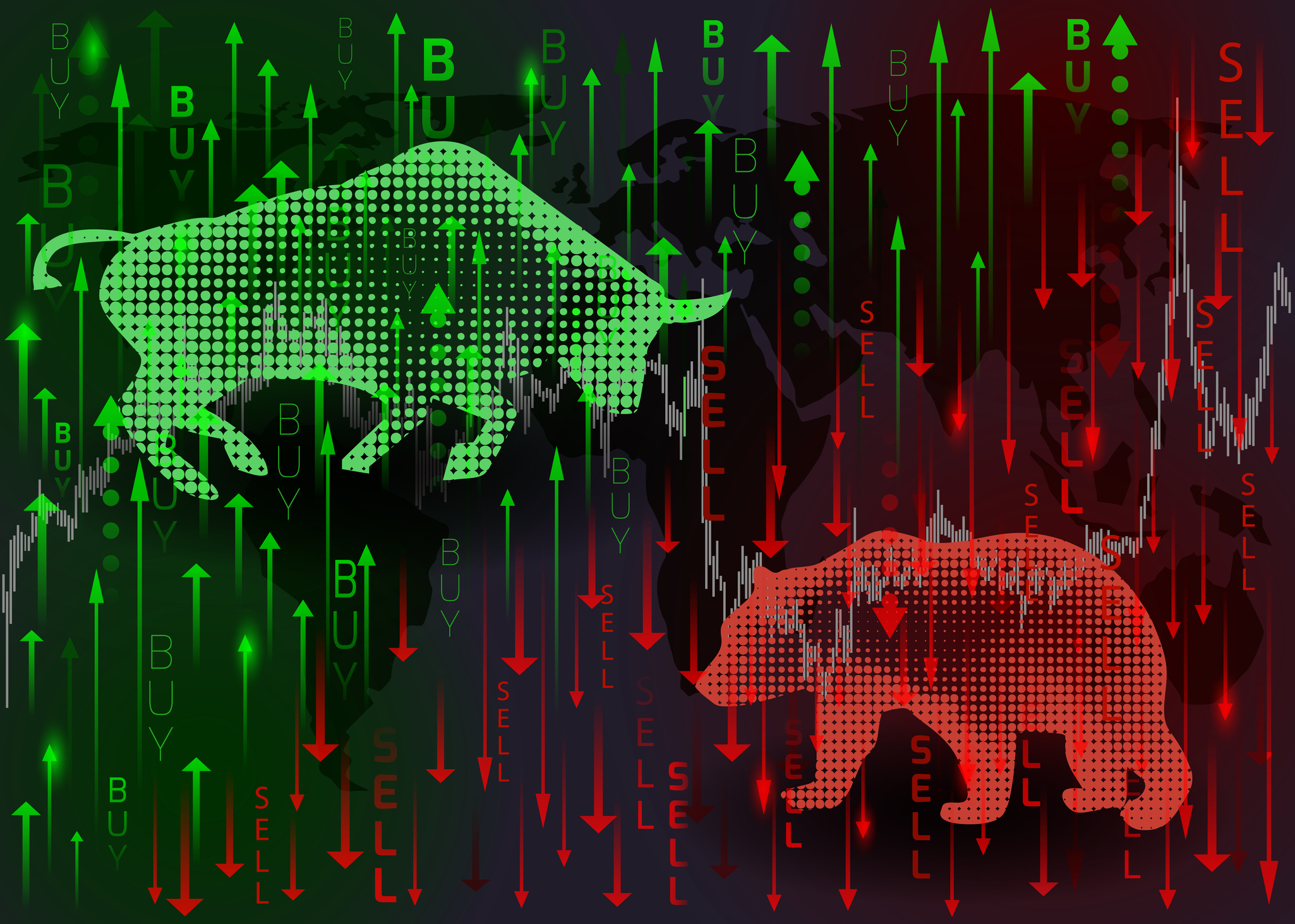 Investors Buy the Nasdaq's Big Dip: Stock Market Today
Investors Buy the Nasdaq's Big Dip: Stock Market TodayStocks are up and down again to end an up-and-down week ahead of big earnings announcements and the eventual return of regular economic data flow.
-
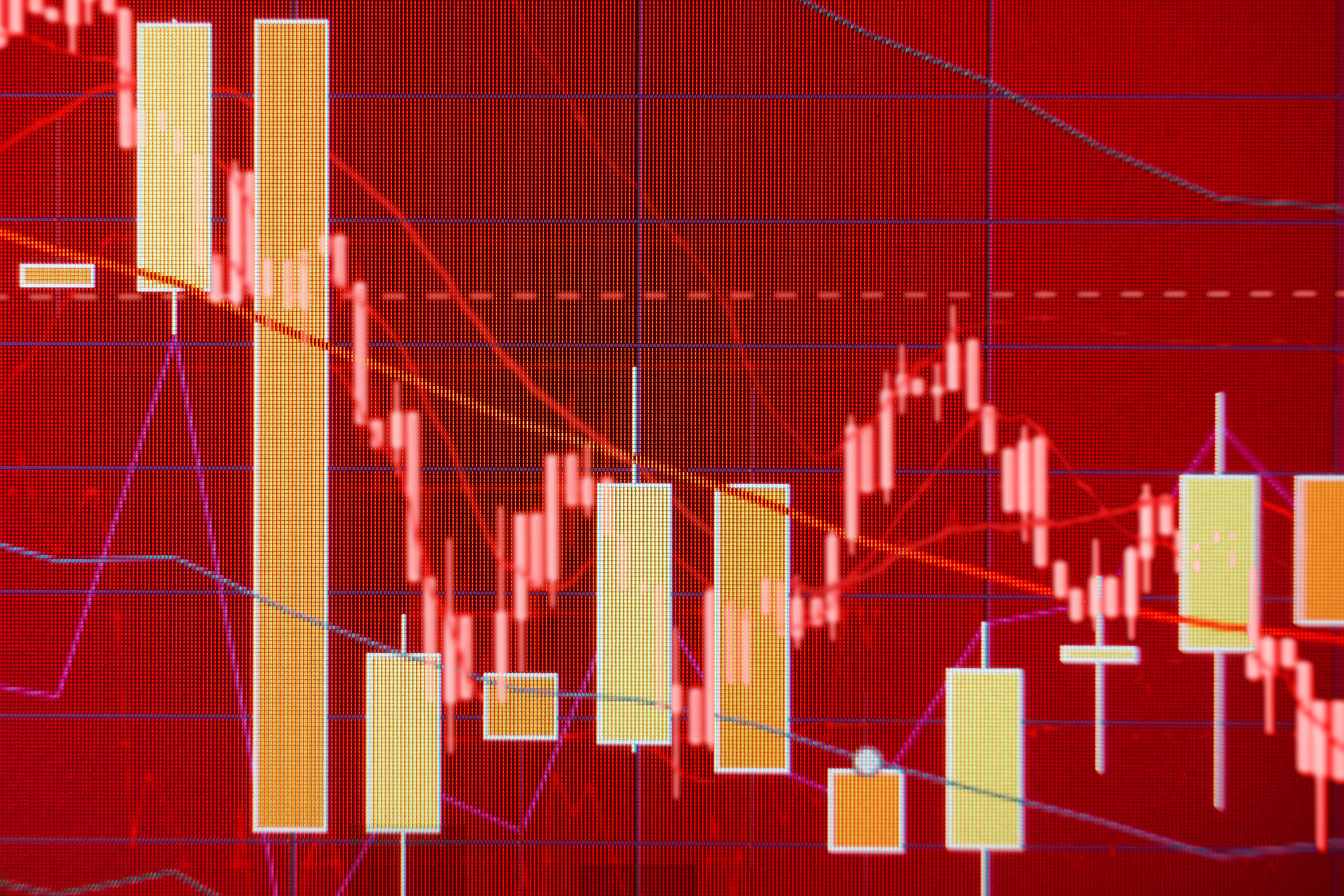 Dow Dives 797 Points as Government Opens: Stock Market Today
Dow Dives 797 Points as Government Opens: Stock Market TodayThe process of pricing and re-pricing realities old and new never stops, and next week promises to be at least as exciting as this week.
-
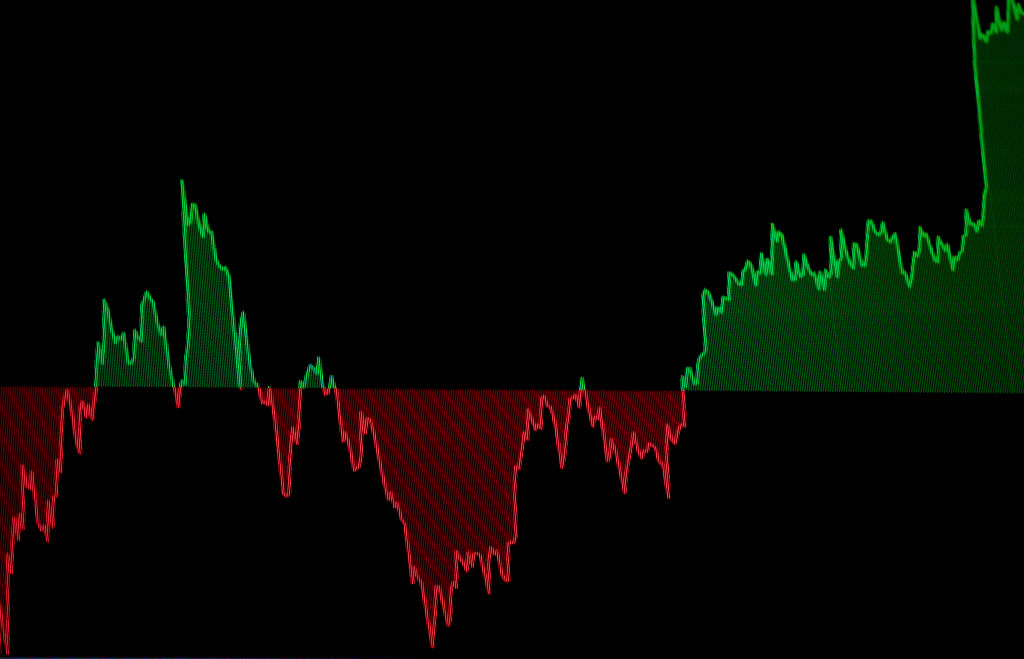 Dow Climbs 327 Points, Crosses 48,000: Stock Market Today
Dow Climbs 327 Points, Crosses 48,000: Stock Market TodayMarkets are pricing the end of the longest government shutdown in history – and another solid set of quarterly earnings.
-
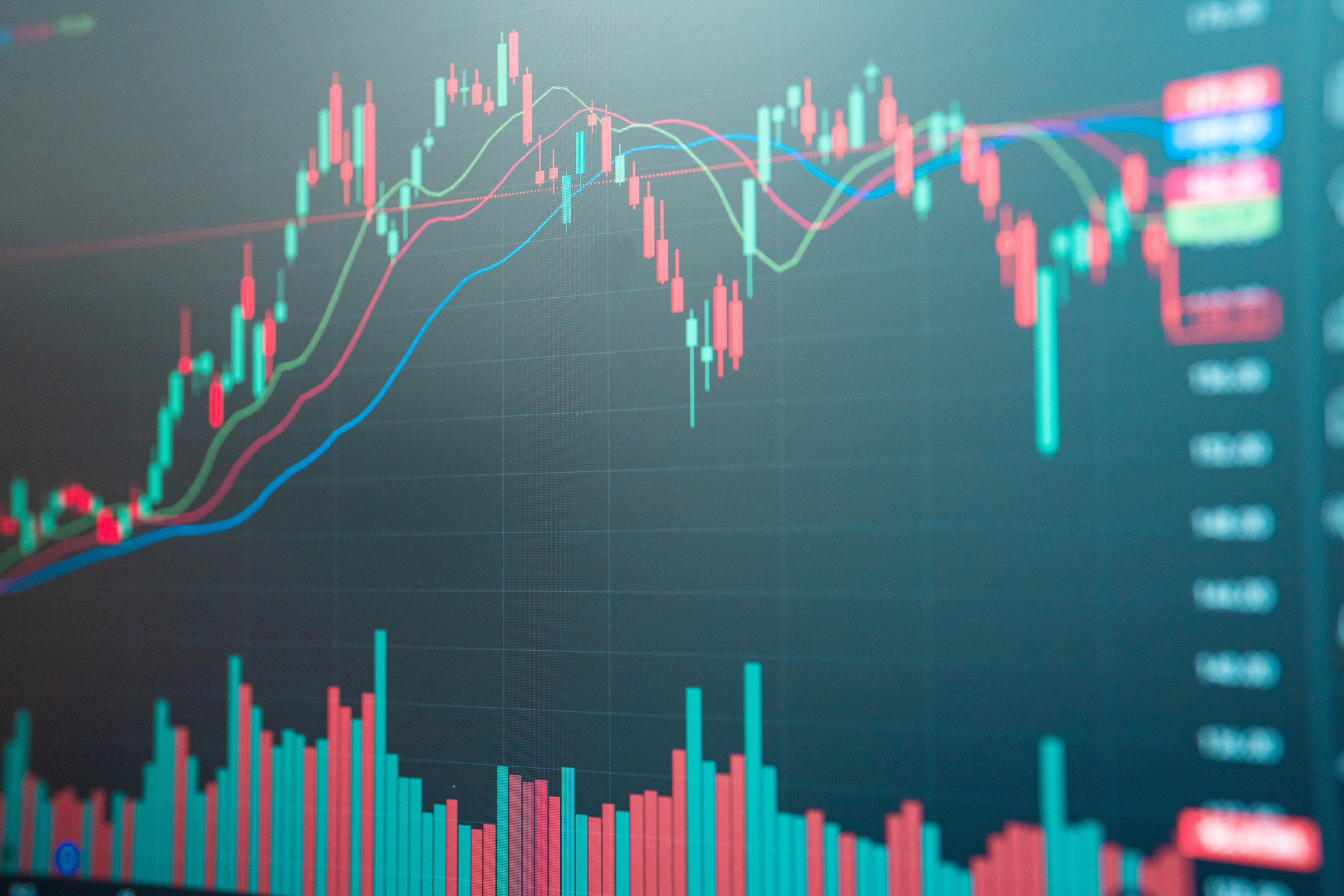 Dow Climbs 559 Points to Hit a New High: Stock Market Today
Dow Climbs 559 Points to Hit a New High: Stock Market TodayThe rotation out of tech stocks resumed Tuesday, with buying seen in more defensive corners of the market.
-
 Risk Is On Again, Dow Jumps 381 Points: Stock Market Today
Risk Is On Again, Dow Jumps 381 Points: Stock Market TodayThe stock market started the week strong on signs the government shutdown could soon be over.
-
 Stocks Bounce But End With Big Weekly Losses: Stock Market Today
Stocks Bounce But End With Big Weekly Losses: Stock Market TodayThe stock market rout continued on Friday, but a late-day burst of buying power brought the main indexes off their session lows.
-
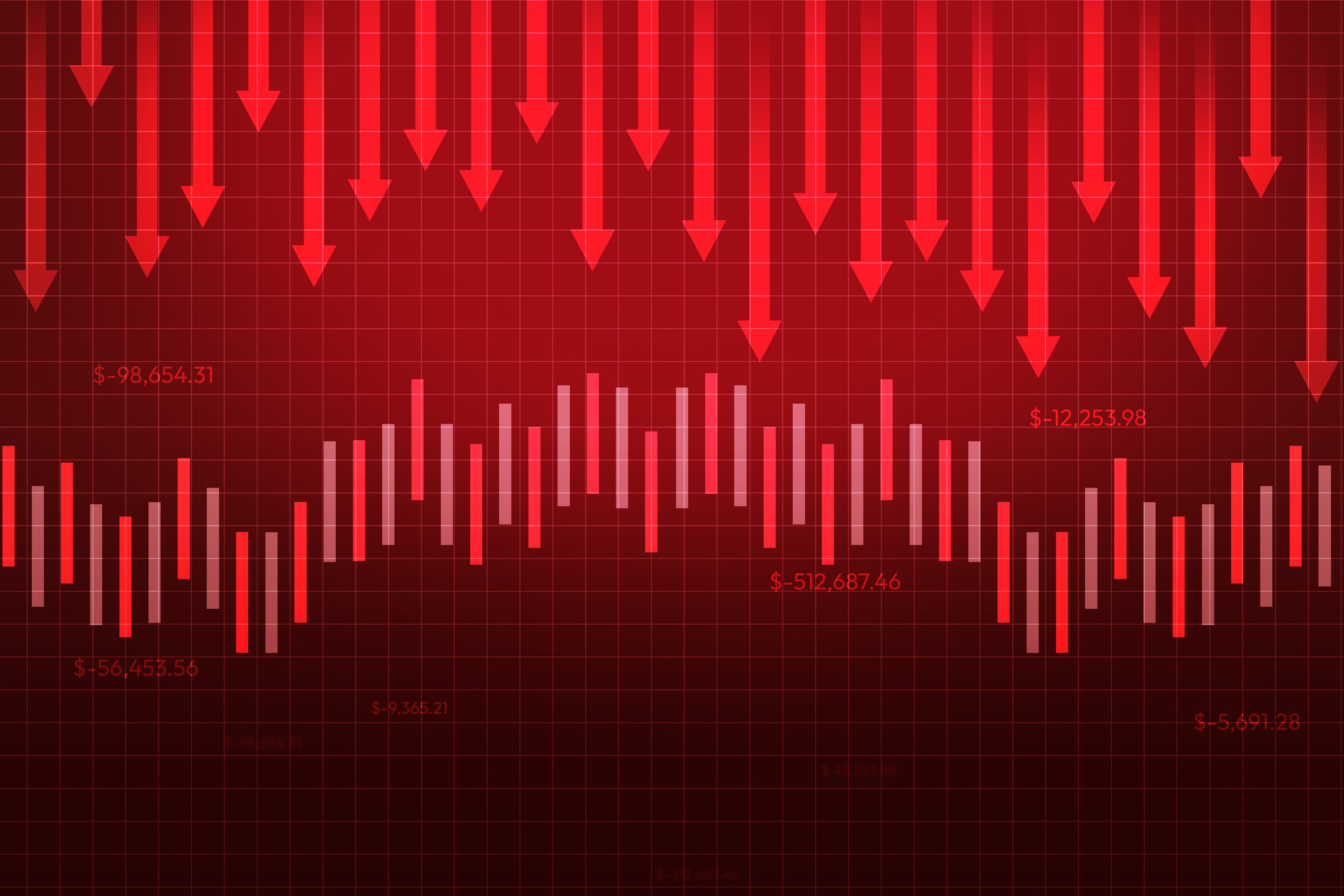 Risk Is Off Again, Dow Falls 397 Points: Stock Market Today
Risk Is Off Again, Dow Falls 397 Points: Stock Market TodayMarket participants are weighing still-solid earnings against both expectations and an increasingly opaque economic picture.
-
 Stocks Rally as Investors Buy the Dip: Stock Market Today
Stocks Rally as Investors Buy the Dip: Stock Market TodayMost sectors are "go" only a day after talk of bubbles, extended valuations and narrow breadth undermined any kind of exuberance.


